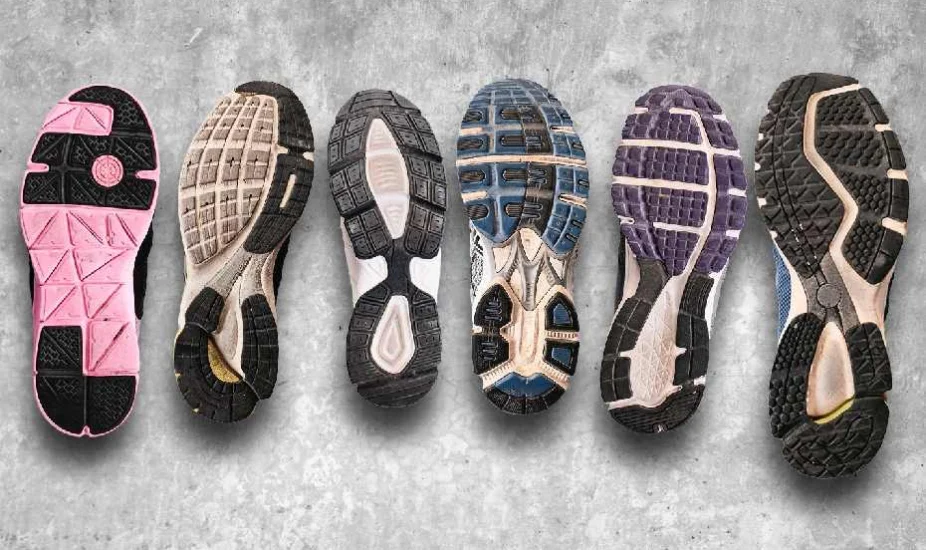All too often, shoes are purchased based on design or brand loyalty. Even if the shoe is not correct for the athlete or sport, they will sacrifice comfort for a product that pleases the eye. This is something we need to overcome and get away from. There are three main types of running shoes on the market these days. I want to give you a quick description of each and educate you as to why you should purchase one over the others.
The first type is called a motion control shoe. This type of shoe is for people who severely over pronate, or they walk/run with most of their weight on the inside edge of the foot. This happens most commonly with people who have flat feet or pes planus. This motion control shoe firmly holds a foot in place by increasing medial support. This support can be dual density midsoles (the layer of shoe found between the insole and the outsole or the part of the shoe that contacts the ground), roll bars or foot bridges.
The second type is called a stability shoe. This shoe is for people who pronate past neutral but not severely so. It has some motion control but also more flexibility and cushioning in the shoe. This stability shoe helps bring the foot into its natural alignment.
The third type of shoe is the neutral shoe. This shoe type is for those whose ankles stay aligned throughout the gait cycle. The neutral shoe is also better for people who put more tension on their forefoot or rearfoot with running. The neutral shoe has no stabilizing features, and it allows your foot to flex and move without guidance. These shoes often have enhanced shock absorption for your foot. This is often found with people who have high arches.
There are other features found in running shoes such as the amount of cushioning, heel drop and toe box size. There are different levels of cushioning depending on how far you run, how often you run and if you are racing, for example. If you want a lighter shoe for racing, then you may want less cushioning. If you run long distances, you may want more cushioning to protect the foot. Heel drop is the measurement of the thickness of the heel. A higher heel drop encourages more heel strike with running and a small heel drop allows for more mid foot or forefoot strike. A toe box is where your toes sit so you may need a wider toe box if you have a wide forefoot.
Hopefully, this information is helpful. If you have any further questions, please give one of our clinics a call or schedule an appointment online. Our professional Physical Therapists are trained in recognizing foot structure abnormalities and recommending shoes based on your unique needs. We can also analyze your gait patterns through our walking and running therapy programs. We use the trained eye and/or camera assistance to identify your altered gait patterns which are causing, or will soon cause, pain or injury if not addressed through therapy or proper shoe selection. A little prevention goes a long way. Your feet are important, show them the love they deserve!
Have fun running and keep moving!!

